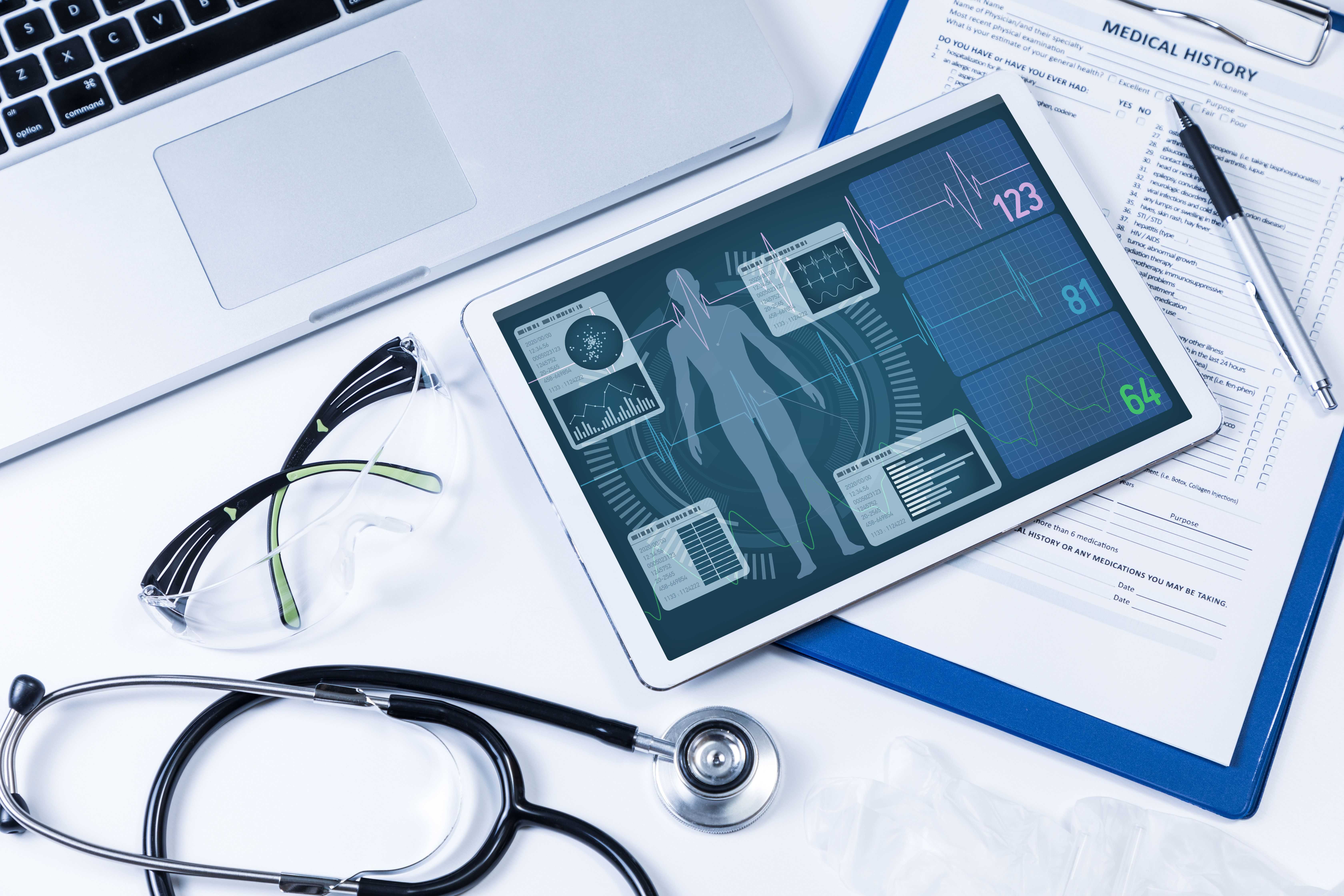
@ShahidNShah


Patient-reported outcomes and mobile health data from wearables, smartphone apps, and remote monitoring devices are increasingly being used to improve care delivery and outcomes. Such digital technologies enable clinicians to monitor a patient’s health status without requiring an office visit or hospitalization. Integrating patient-generated health data (PGHD) into electronic health records (EHRs) also makes PGHD data available to clinicians at the point of care, thus allowing them to focus on the patients in their office or on a telehealth session.
AI-based clinical filtering software can identify and interpret disorganized, complex, and voluminous medical data – including data from non-interoperable sources and in unstructured formats – and present it to clinicians on demand so they can quickly find relevant details about a specific patient at the point of care.
Continue reading at managedhealthcareexecutive.com
While staff members had bits and pieces of population health data, like hierarchical condition category (HCC) scores and specific diagnoses, they were missing the top-level view of the overall health …
Connecting innovation decision makers to authoritative information, institutions, people and insights.
Medigy accurately delivers healthcare and technology information, news and insight from around the world.
Medigy surfaces the world's best crowdsourced health tech offerings with social interactions and peer reviews.
© 2025 Netspective Foundation, Inc. All Rights Reserved.
Built on Apr 29, 2025 at 12:52pm